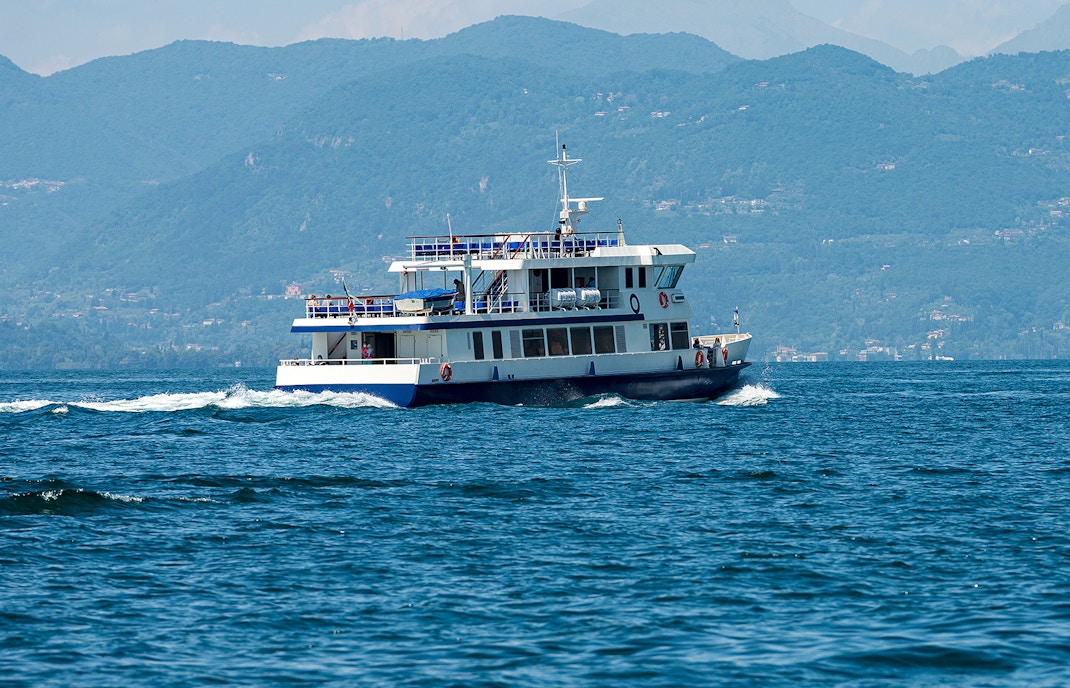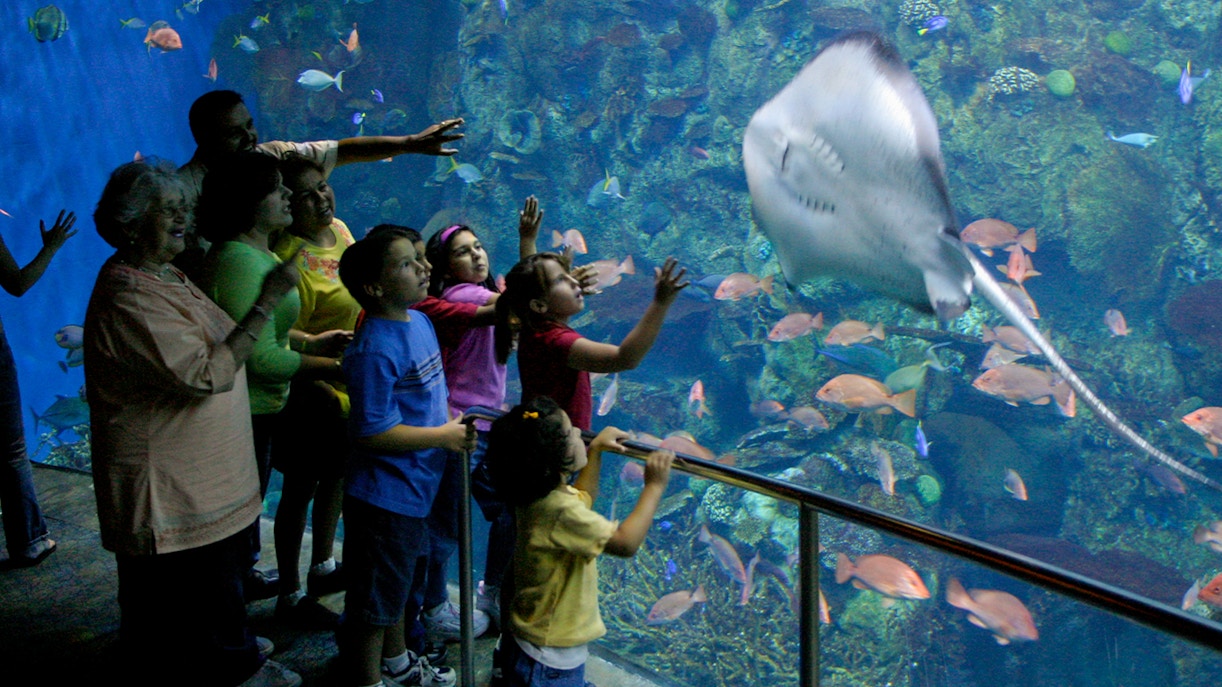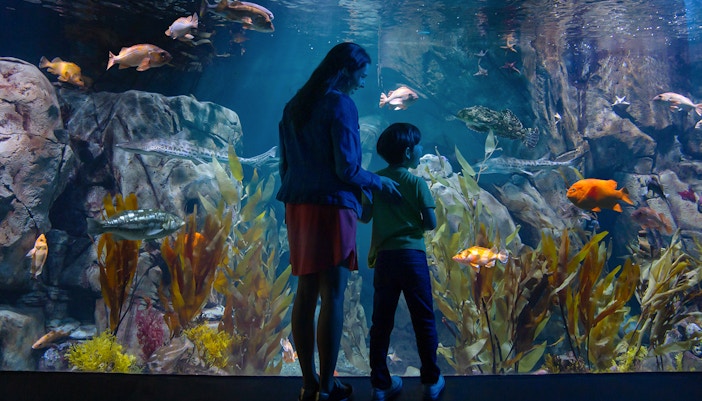This is one of the most popular exhibits at the aquarium, as it offers an up-close experience with Magellanic Penguins. You can see the replica of their natural habitat, with nests, a rocky beach, a swimming pool, etc. and learn about the conservation efforts that are being formulated for the betterment of these animals.
Things to see at the Aquarium of the Pacific
At the Aquarium of the Pacific, you'll find over 100 exhibits spread across three main galleries: Southern California and Baja, the Northern Pacific, and the Tropical Pacific. Here are the main highlights.
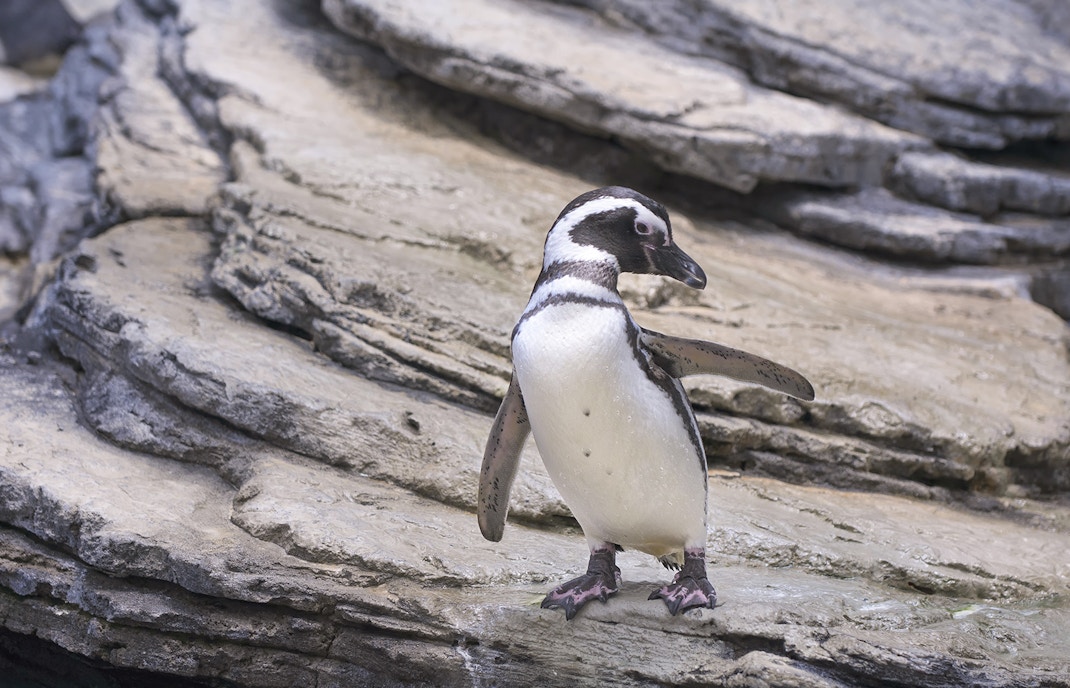
June Keyes Penguin Habitat

Sea Otter Habitat

Lorikeet Forest

Shark Lagoon
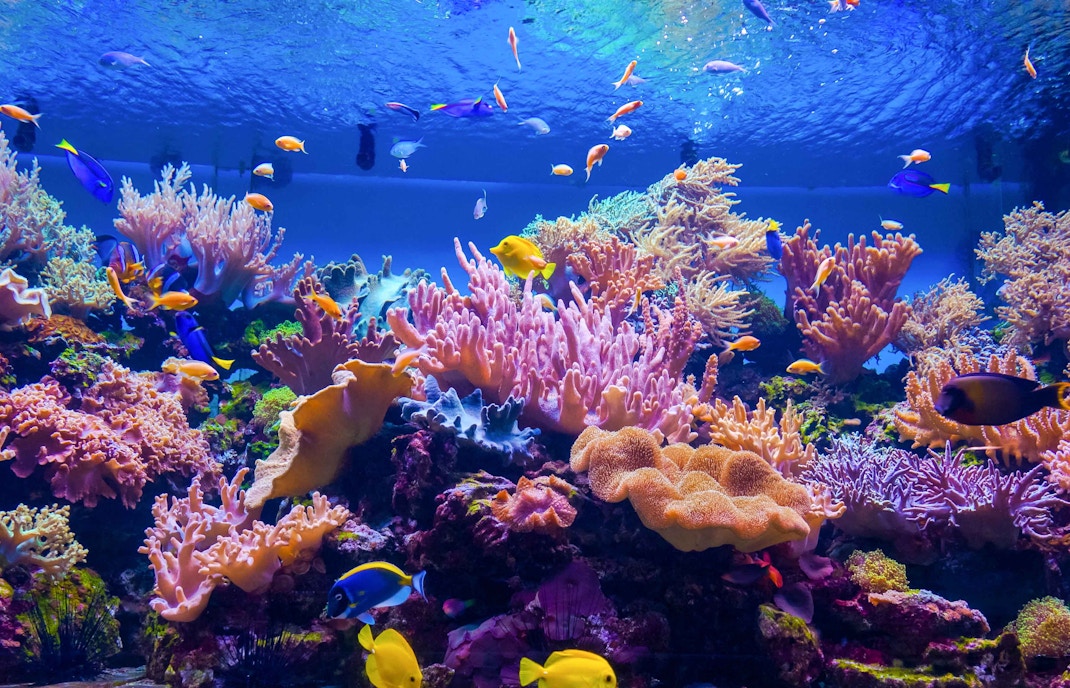
Coral Reefs: Nature's Underwater Cities
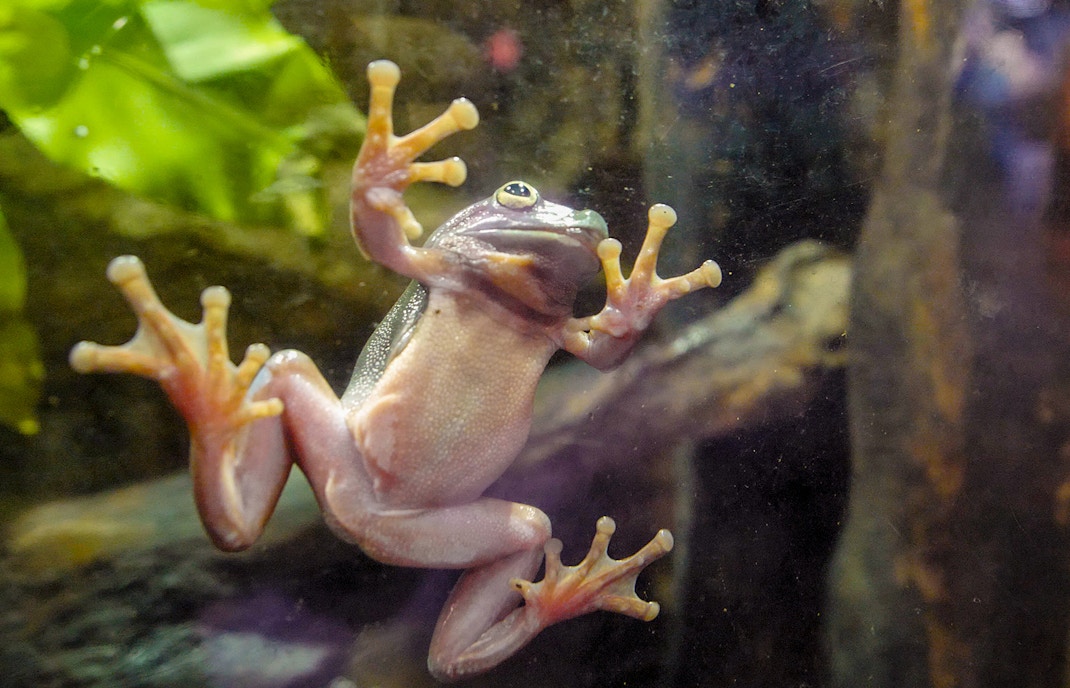
Frogs: Facing a Changing World
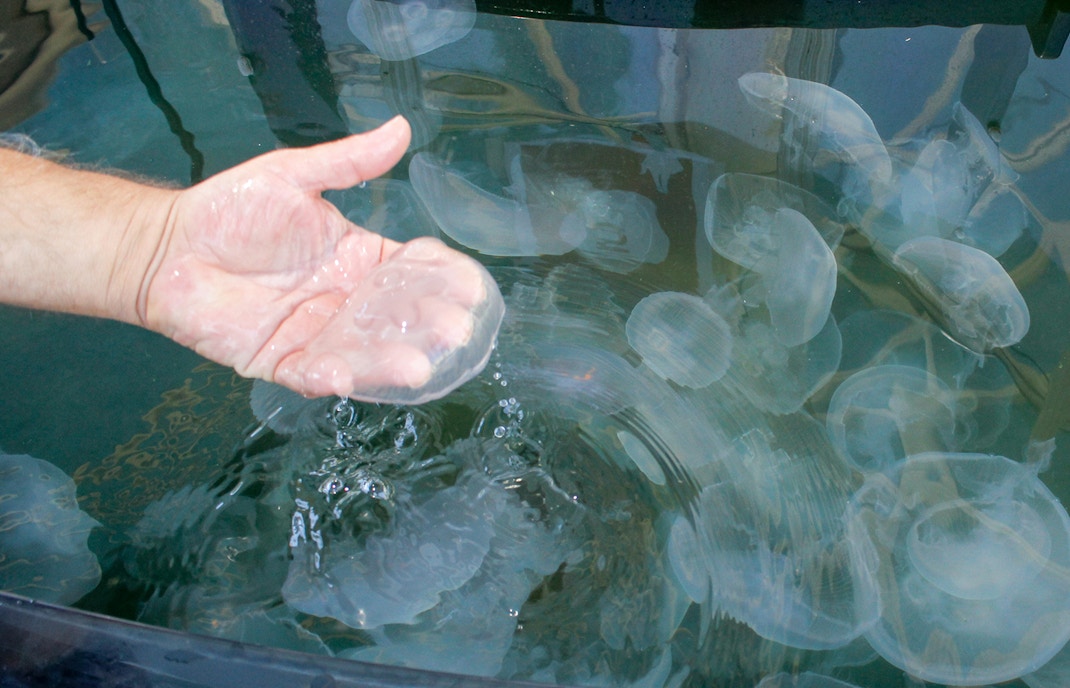
Moon Jelly Touch Lab
